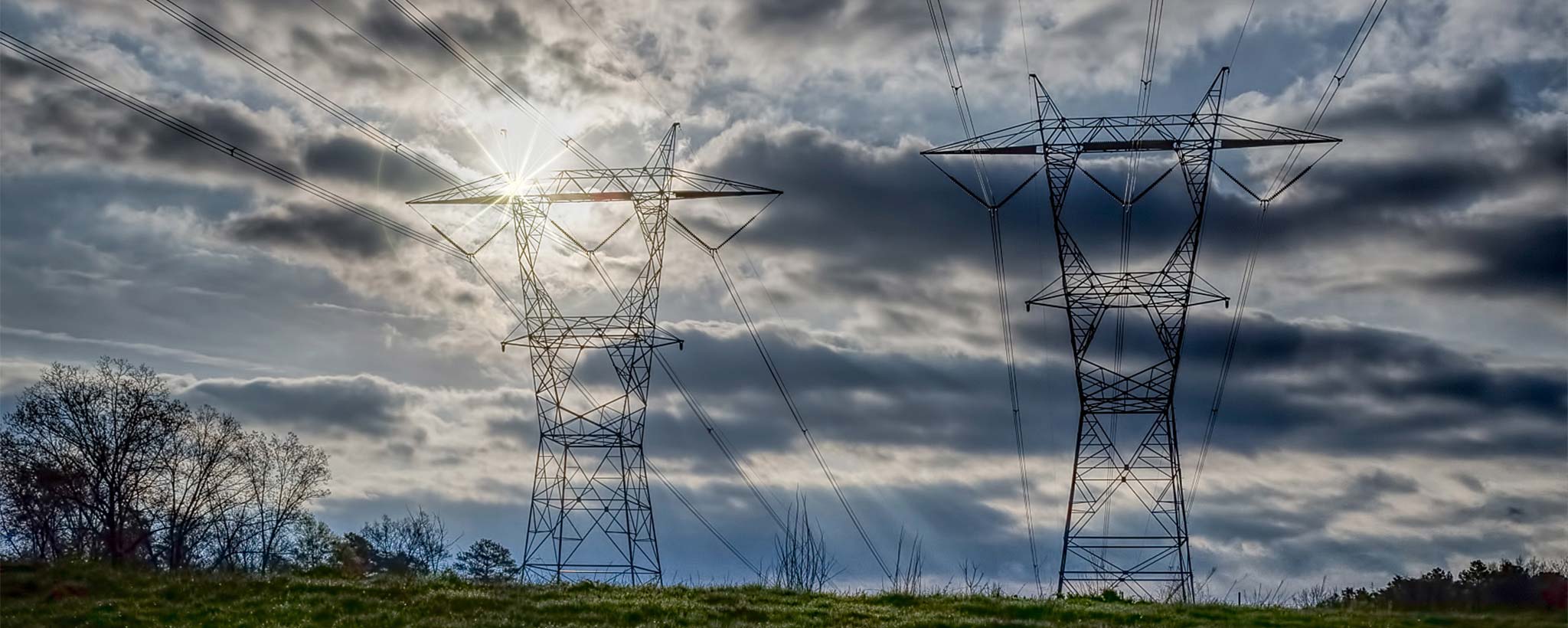
Safety
TVA’s extensive transmission system delivers reliable power that makes life comfortable and convenient. But caution is needed near power lines and substations. Here's how to stay safe near transmission equipment.
TVA owns and operates more than 16,400 miles of transmission lines and 500 substations, which deliver the reliable power that we depend on for our jobs, homes, schools and more. Although built with public safety in mind, transmission equipment can be dangerous.
The majority of TVA’s transmission systems are power lines with 161,000 volts of electricity on each wire, and a large number of lines operating at 500,000 volts — more than enough to deliver a deadly shock. (For comparison, an outlet in your home is 120 volts.)
High-voltage transmission lines operate at high temperatures and do not have an insulated covering. It is important to note that trees and other objects do not have to touch a high-voltage line to cause injury, fire, or damage property. Electricity can "arc," or jump, from power lines across a gap in the air.
Electricity follows the easiest and shortest path to the ground. If a person or conductive object — trees, metals or water — gets too close to a line, or touches it, electricity can flow through it to the ground, causing severe burns, injury or even death to living beings.
Please be aware and follow these safety precautions around power lines.
Power Lines
Typical high-voltage overhead transmission lines are bare conductors (wires) connected to supporting structures with insulators. The air surrounding the energized conductor is the “insulator.” Maintaining sufficient clearance, or air space, around the conductors is vital to protecting life.
- Always maintain a safe distance from power lines. Keep ladders, antennas and other objects away from power lines. As a general precaution, do not place or store objects under a transmission line.
- Do not fly drones, kites, radio-controlled (RC) model aircraft or other aerial devices anywhere near transmission lines.
- Do not build structures in the transmission line right of way.
- Never alter the ground elevation under or near a transmission line.
Downed Power Lines
- Always assume that downed or damaged power lines are live, even if they're not sparking or making any sound.
- Call 911 to report downed power lines.
- Never touch or attempt to move any downed power lines.
- Don’t touch anyone or anything in contact with a power line.
- Never drive over a downed power line.
- Beware of downed power lines touching a vehicle. If a power line comes in contact with a vehicle you are in, stay inside and wait for help.
Transmission Structures
- Never climb on transmission structures or nearby trees.
- When utility crews are on a structure, they use safety equipment to prevent falls and the line is usually not operating (power is not flowing through it).
Substations
- Never attempt to enter a substation.
- Stay well away from fences surrounding substations.